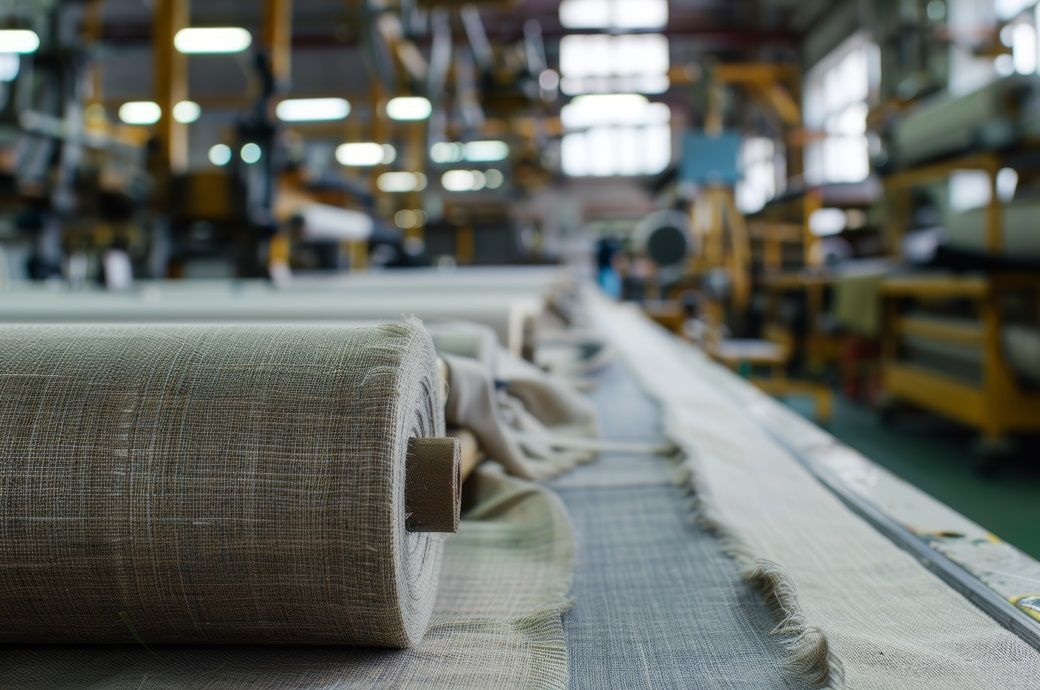
Production volumes decreased at the second-quickest rate in the past 14 months, driven by a significant downturn in the intermediate goods sector. New orders contracted at one of the fastest rates observed during the year, with market uncertainty and excess customer stock levels weighing heavily on demand. Domestic orders were a primary source of weakness, although export orders fell at a slower rate than in November.
Manufacturers reduced staffing for the eighteenth consecutive month as firms adjusted to the weaker demand environment. However, the pace of job cuts slowed to the weakest level since August. Stock levels of raw materials and finished goods also declined, although the depletion rate eased compared to previous months.
There was further improvement in input delivery times due to better supplier capacity and material availability. Average purchase prices fell for the 23rd straight month, driven by supplier discounts and lower costs for energy and raw materials. The pace of cost reductions, however, was the slowest in four months. Factory gate prices also dropped markedly but at a slower rate than in recent months. Growth expectations among manufacturers weakened slightly.
“The situation in the manufacturing sector is still pretty grim. Production is on a steep decline, and new orders keep slumping, making it clear that the industry won't be coming out of recession anytime soon. Our nowcast model, which includes the HCOB PMI among other factors, suggests that industrial value added likely fell by 0.9 per cent in the fourth quarter compared to the previous quarter. The shrinking order backlog since June 2022 suggests that the new year won't start much better either,” said Dr. Cyrus de la Rubia, chief economist at Hamburg Commercial Bank, commenting on the PMI data.
ALCHEMPro News Desk (HU)
Receive daily prices and market insights straight to your inbox. Subscribe to AlchemPro Weekly!